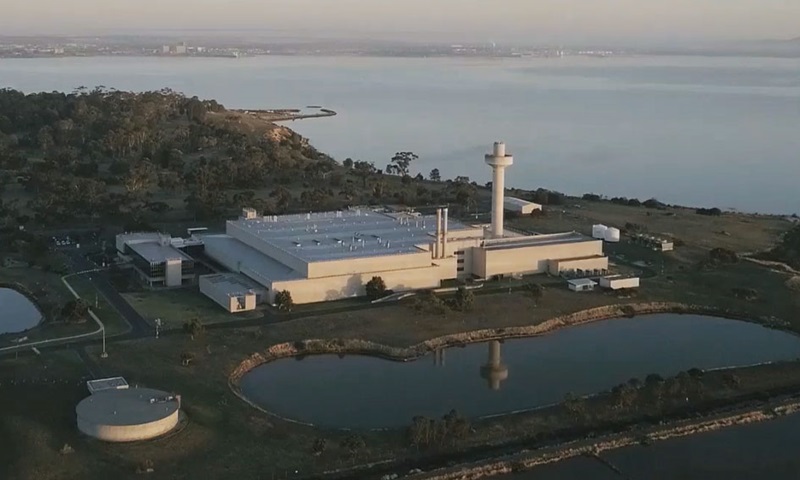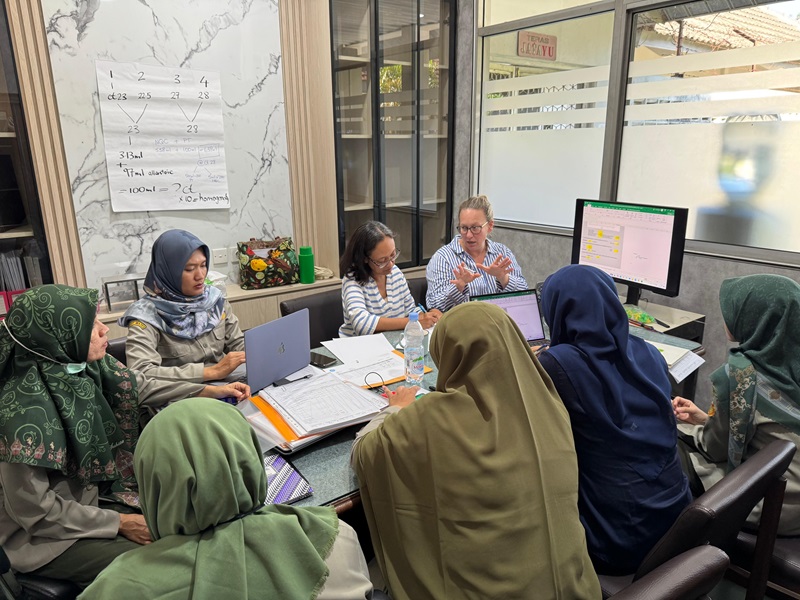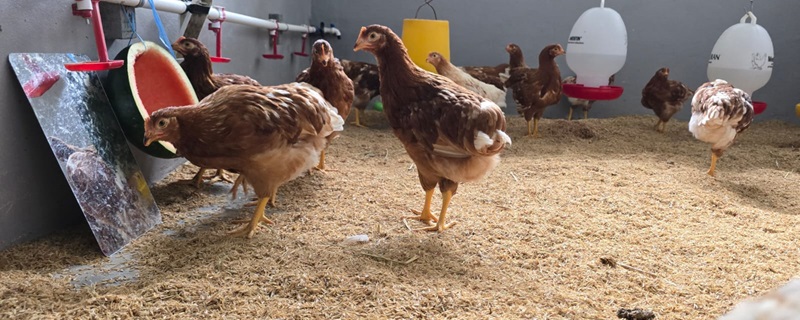Somewhere on a remote island in the Pacific, a chicken falls ill. Local farmers notice the signs – lethargy, strange swelling, sudden death – and raise the alarm. The sample they collect might not look like much: a swab, a vial, a shipping label. But that tiny sample is part of a global network designed to stop deadly viruses in their tracks.
That network includes one of Australia's most important lines of defence against avian influenza (bird flu), CSIRO's Australian Centre for Disease Preparedness (ACDP) in Geelong.
As an internationally recognised reference lab for avian influenza, ACDP plays a leading role in helping detect, track and control the spread of bird flu across our region.
And it all starts with one bird.
Step one: the first response
When a sick bird is reported in a country like Papua New Guinea, local animal health workers and lab staff get to work. They collect samples and run preliminary tests. These tests usually answer the first question: is it bird flu or not? If it is bird flu, they need support to identify its strain and decide what to do next.
That is where reference laboratories like ACDP come in. These labs are given this designation by the World Organisation for Animal Health (WOAH) for specific high-impact diseases, such as bird flu. Designated labs are chosen for their technical expertise, international standards, and ability to provide fast, reliable support to labs, researchers and authorities around the world.

ACDP is a WOAH Reference Laboratory for avian influenza, with our researcher Dr Frank Wong as designated expert for the lab. In this role, Frank and his ACDP colleagues work as part of an international network, providing expertise on bird flu surveillance, diagnosis and control in the Asia Pacific region.
Step two: shipping a high-risk sample
Transporting potentially dangerous viruses across borders is not simple. Samples must be carefully packaged, handled under strict biosafety rules and flown thousands of kilometres to reach the lab. That journey might take days, but for the scientists waiting at ACDP, it is just the beginning.
Once the sample arrives, it is logged, unpacked and processed in ACDP's high-containment labs. From there, the real detective work begins, sequencing the virus's genome, running confirmatory tests, comparing it to global strains and looking for signs of change. All of this is used to advise governments on how to respond.
Step three: building regional strength

As a WOAH Reference Laboratory, ACDP does not just wait for samples to arrive. It works actively to build up testing capacity in the region. The idea is simple: if more countries can detect and respond to bird flu themselves, everyone benefits.
Our latest initiative, BICOLLAB, is a collaboration with Indonesia's DIC Wates laboratory. Supported by the Australian Government through the Partnerships for a Healthy Region initiative, the project was recently endorsed as an official WOAH Laboratory Twinning Programme.
That endorsement means DIC Wates is on the path to becoming a WOAH Reference Lab itself. That is good news for early detection in one of the region's most important hotspots.
More than protocols: mentoring across boarders
For CSIRO scientist Dr Gemma Clark, working with DIC Wates is about more than lab protocols and testing techniques. It is about learning how to collaborate across borders, cultures and systems.
"Building trust and relationships is essential," Gemma said.
"You need that foundation so you can have open, honest exchange of information. It's not about telling someone what to do, it's about sharing skills and experiences so both partners learn and we have a better understanding of how to tackle these diseases together."
The long game: quality and risk management

Alongside hands-on mentoring, CSIRO is also helping DIC Wates strengthen its quality management and risk management systems. These are two critical requirements for becoming a reference lab. That includes improving the way tests are validated, ensuring safe handling of pathogens, and building internal systems that can keep the lab running reliably under pressure.
By developing this capability now, DIC Wates will be ready to respond confidently to bird flu outbreaks and potentially help support other labs in the region as well.
Why this matters for Australia
Bird flu is a growing global threat, affecting wild birds, poultry and, increasingly, mammals. Destructive strains like H5N1 are spreading further than ever before. When outbreaks occur in neighbouring countries, Australia is not immune to the risk.
Gemma said, "By supporting our neighbours to detect and control bird flu early, we are protecting our own wildlife, agriculture and biosecurity.
"Reference labs like ours are part of a global network that helps countries stay a step ahead of emerging disease threats."
So, the next time you hear about a bird flu sample turning up in a lab in Geelong, know this: behind that vial is a long journey, a regional partnership, and a quiet but powerful system helping to keep Australia safe.






